A Cornell research team has employed a variation of a theory first used to predict the collective actions of electrons in quantum mechanical systems to a much taller, human system—the National Basketball Association.
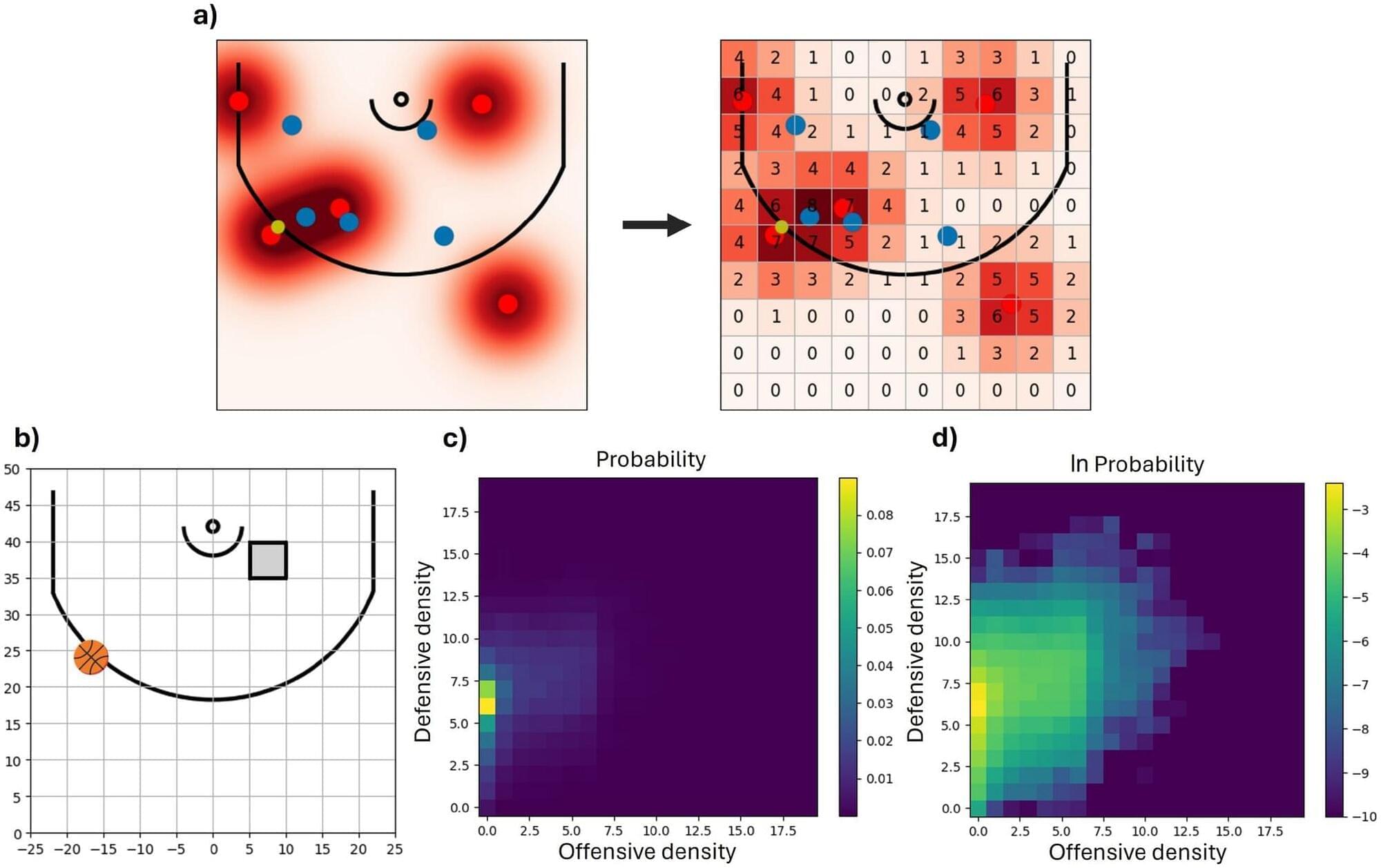

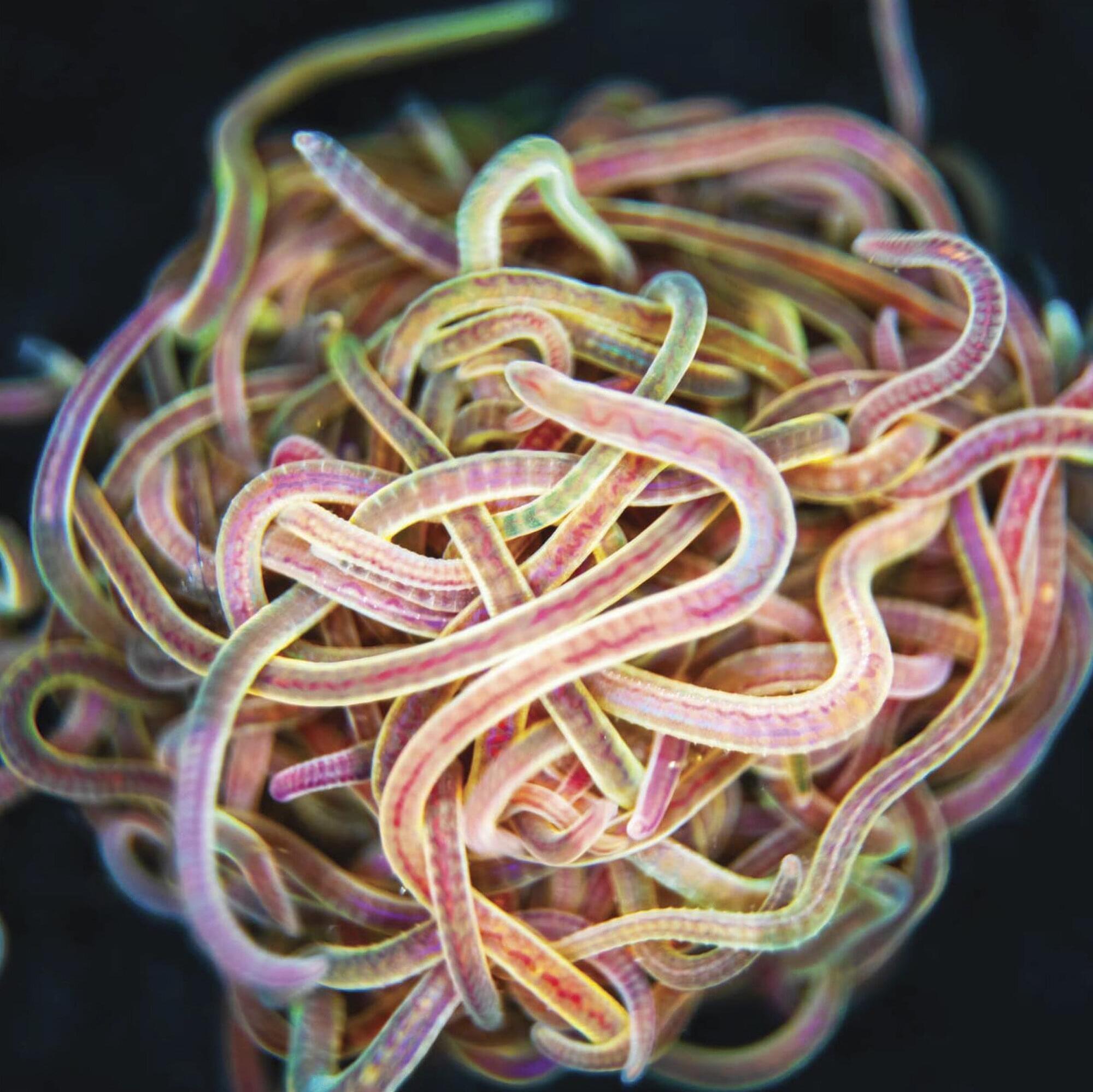
Earthworms often form a cluster, from which they can barely free themselves. A similarly active, writhing structure forms when the tentacles of lion’s mane jellyfish become entangled. Robotic grippers utilize this principle by using multiple synthetic flexible arms to grip and move objects. And such interlinked self-propelled filaments can also be found at the smaller micrometer scale, for example in a biological cell.
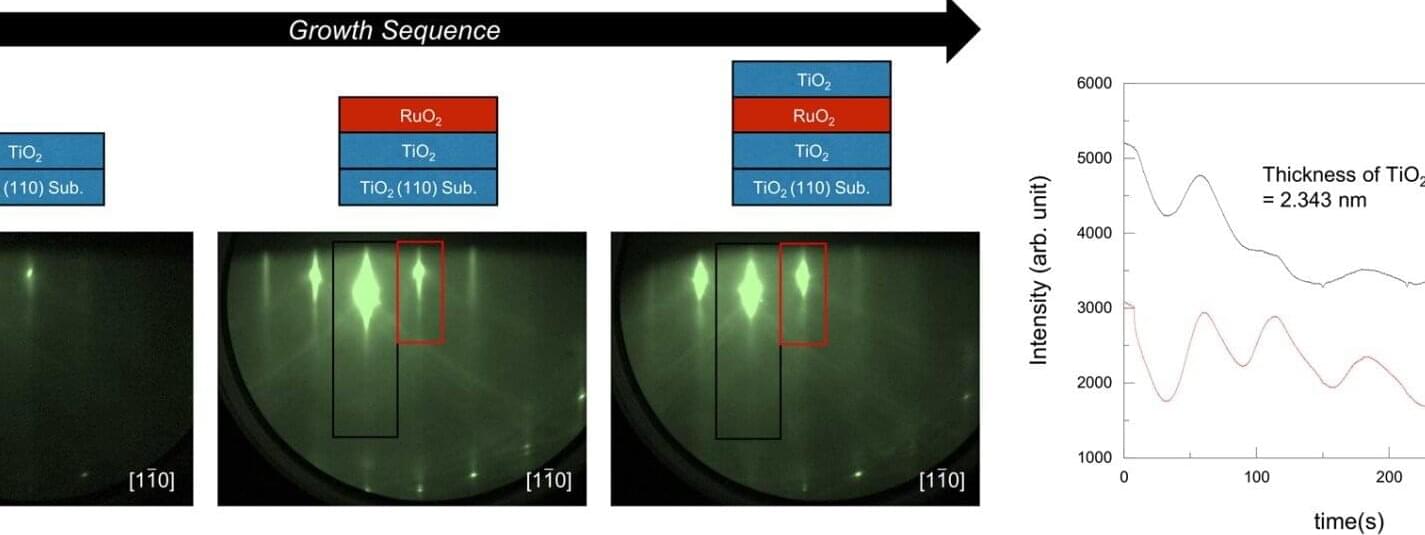
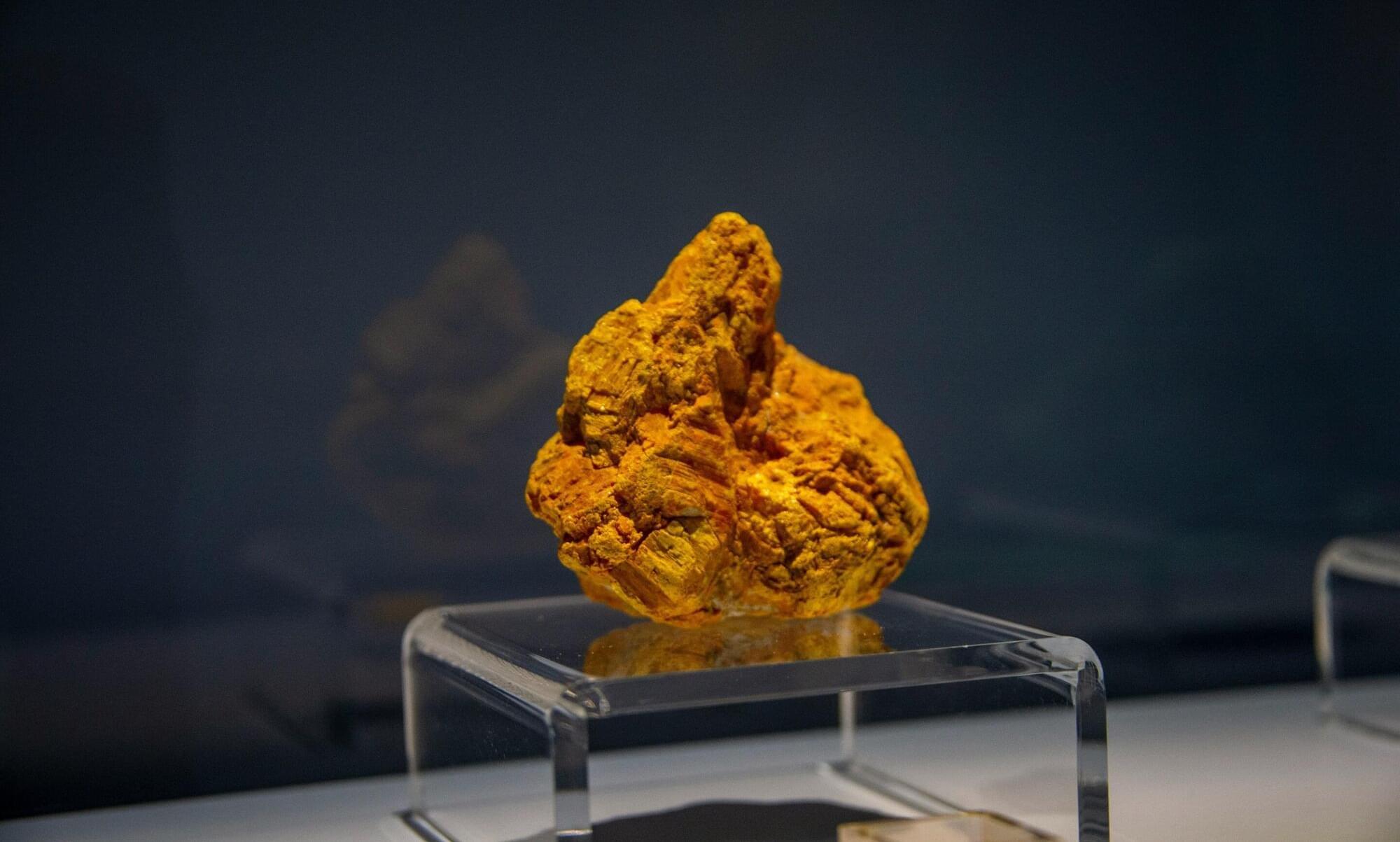
Late last week, Israel targeted three of Iran’s key nuclear facilities—Natanz, Isfahan and Fordow, killing several Iranian nuclear scientists. The facilities are heavily fortified and largely underground, and there are conflicting reports of how much damage has been done.
Natanz and Fordow are Iran’s uranium enrichment sites, and Isfahan provides the raw materials, so any damage to these sites would limit Iran’s ability to produce nuclear weapons.
But what exactly is uranium enrichment and why does it raise concerns?

A new filter for infrared light could see scanning and screening technology tumble in price and size. Built on nanotechnology, the new heat-tunable filter promises hand-held, robust technology to replace current desktop infrared spectroscopy setups that are bulky, heavy and cost from $10,000 up to more than $100,000.

Researchers at Boise State University have developed a novel, environmentally friendly triboelectric nanogenerator (TENG) that is fully printed and capable of harvesting biomechanical and environmental energy while also functioning as a real-time motion sensor. The innovation leverages a composite of Poly (vinyl butyral-co-vinyl alcohol-co-vinyl acetate) (PVBVA) and MXene (Ti3C2Tx) nanosheets, offering a sustainable alternative to conventional TENGs that often rely on fluorinated polymers and complex fabrication.

Artificial light may be lengthening the growing season in urban environments by as much as 3 weeks compared to rural areas, according to an analysis of satellite data from 428 urban centers in the Northern Hemisphere over 7 years, published in Nature Cities.
Rapid urbanization is leading to hotter and brighter cities. More specifically, buildings and concrete absorb and radiate heat, causing urban heat islands, in which urban areas have higher atmospheric temperatures throughout the day and night compared to their surroundings. Likewise, the amount of artificial light at night has increased by 10% in cities within the past decade.
Light and temperature also largely regulate plant growing seasons. For example, increased lighting and temperature cause trees in cities to bud and flower earlier in the spring and change color later in the autumn than trees in rural surroundings. However, research has not thoroughly studied the magnitude of their individual or combined impacts.

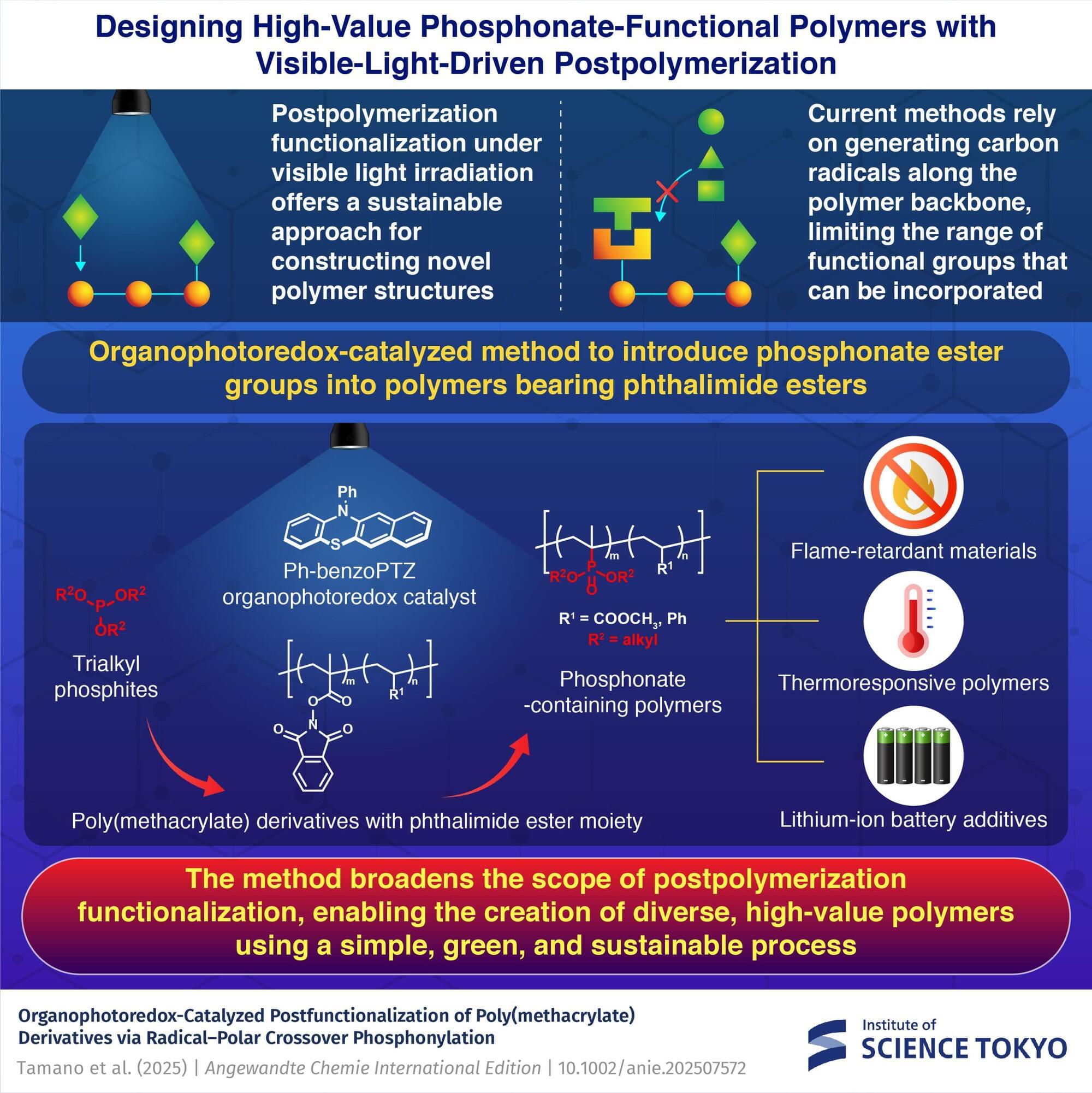
As demand for advanced polymeric materials increases, post-functionalization has emerged as an effective strategy for designing functional polymers. This approach involves modifying existing polymer chains by introducing new chemical groups after their synthesis, allowing for the transformation of readily available polymers into materials with desirable properties.
Postfunctionalization can be performed under mild conditions using visible light in the presence of catalysts, which provides a sustainable route for developing high-value polymers. However, existing methods often rely on generating carbon radicals along the polymer chain, limiting the variety of functional groups that can be introduced.
In a significant advancement, a team led by Professor Shinsuke Inagi from the Department of Chemical Science and Engineering, School of Materials and Chemical Technology at Institute of Science Tokyo (Science Tokyo), Japan, has developed a postfunctionalization technique that allows for the incorporation of phosphonate esters under visible light conditions. This breakthrough paves the way for a broader range of polymer modifications.
